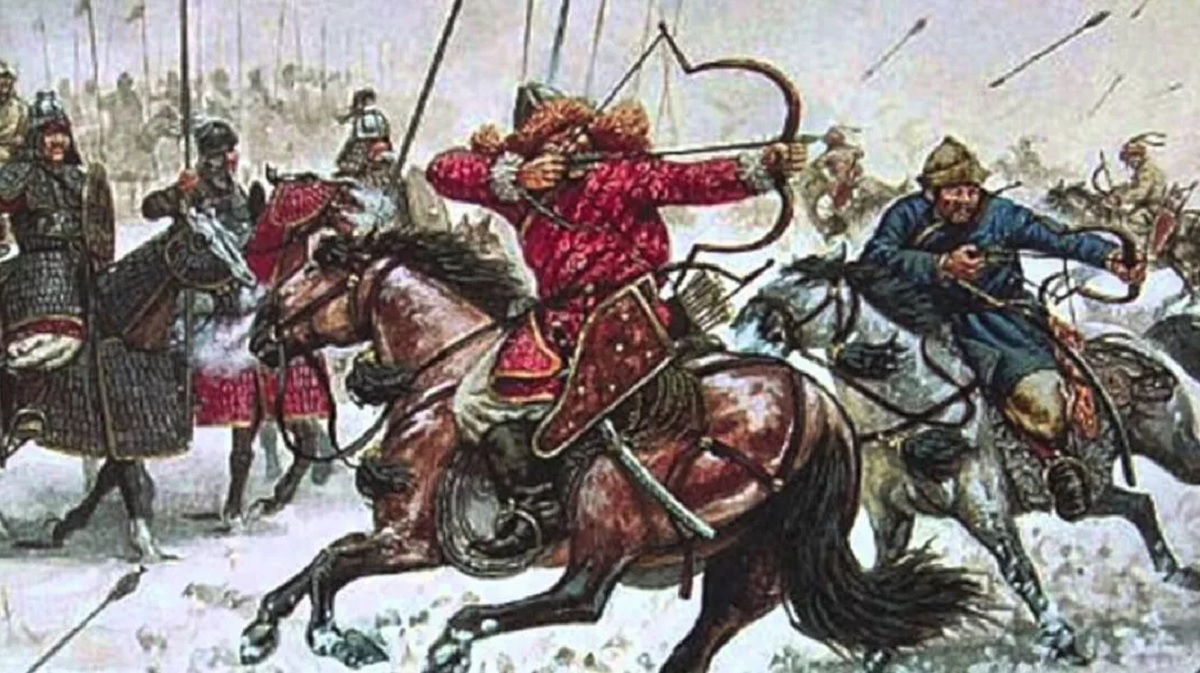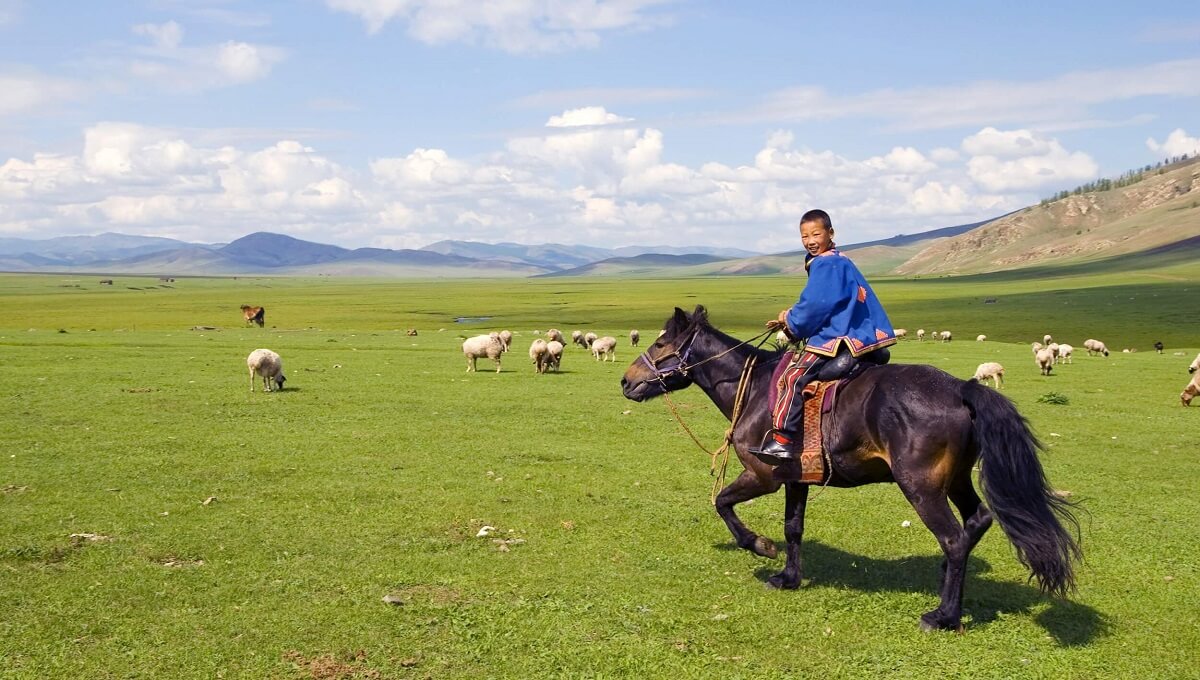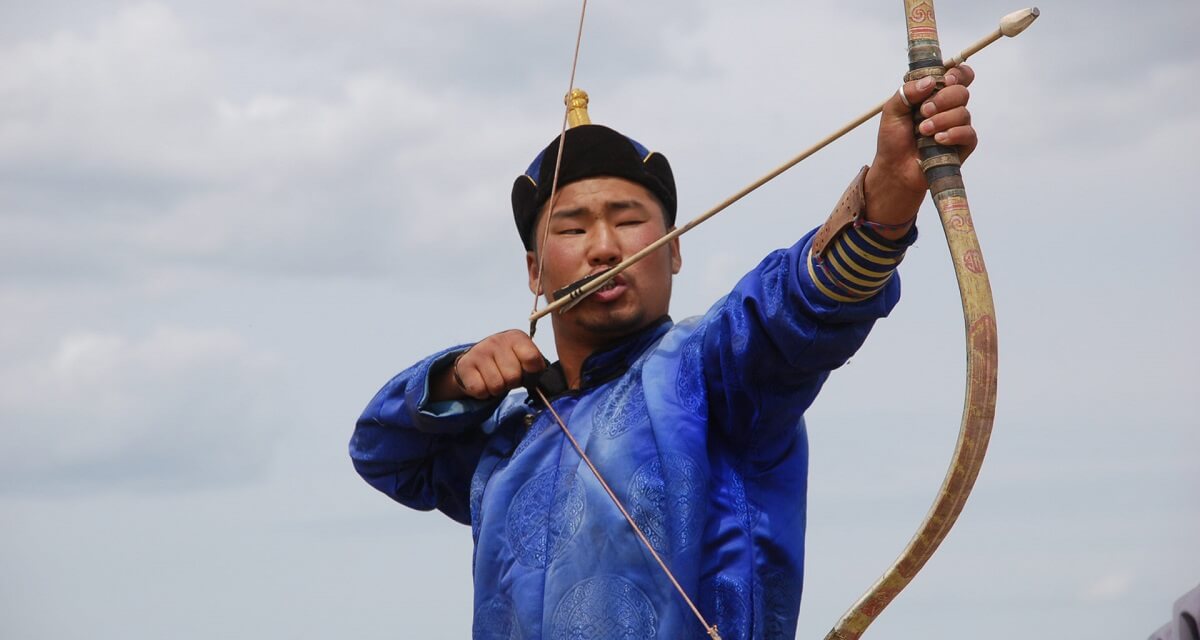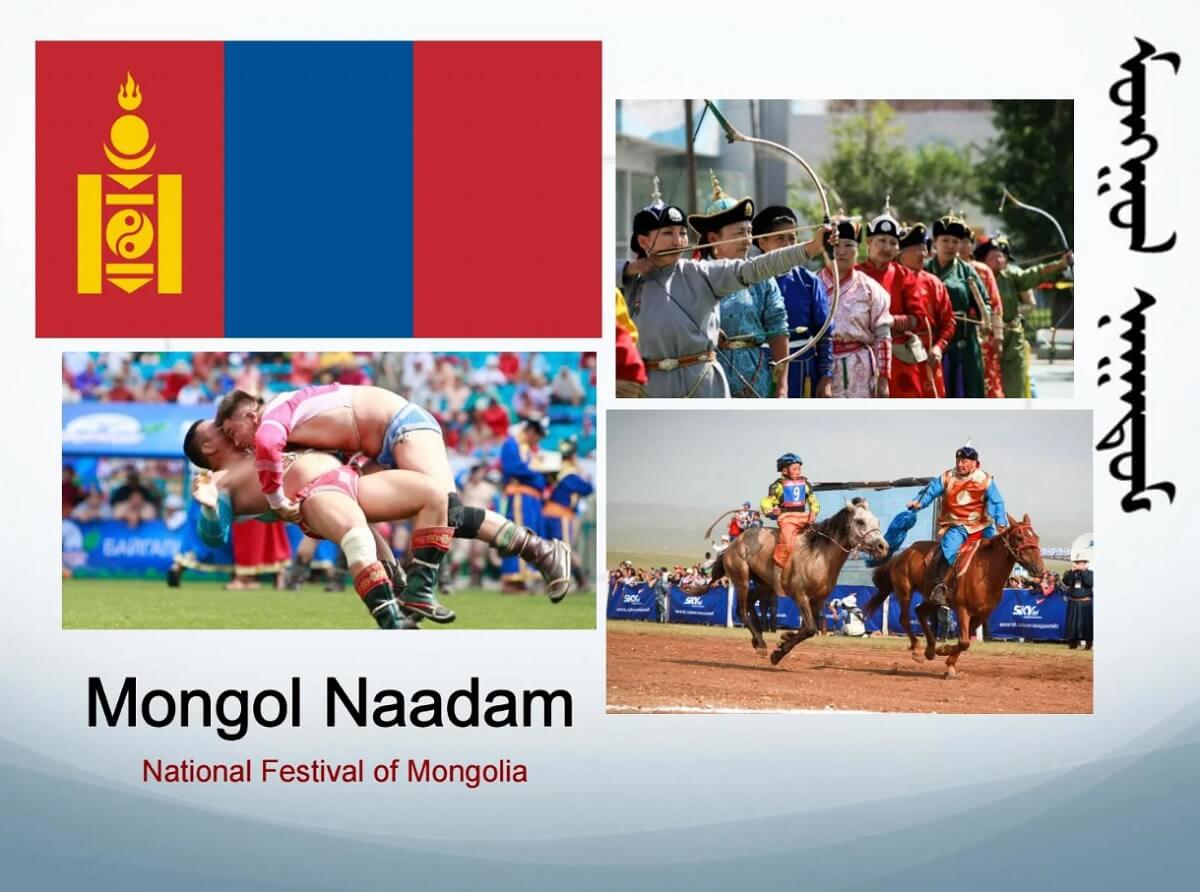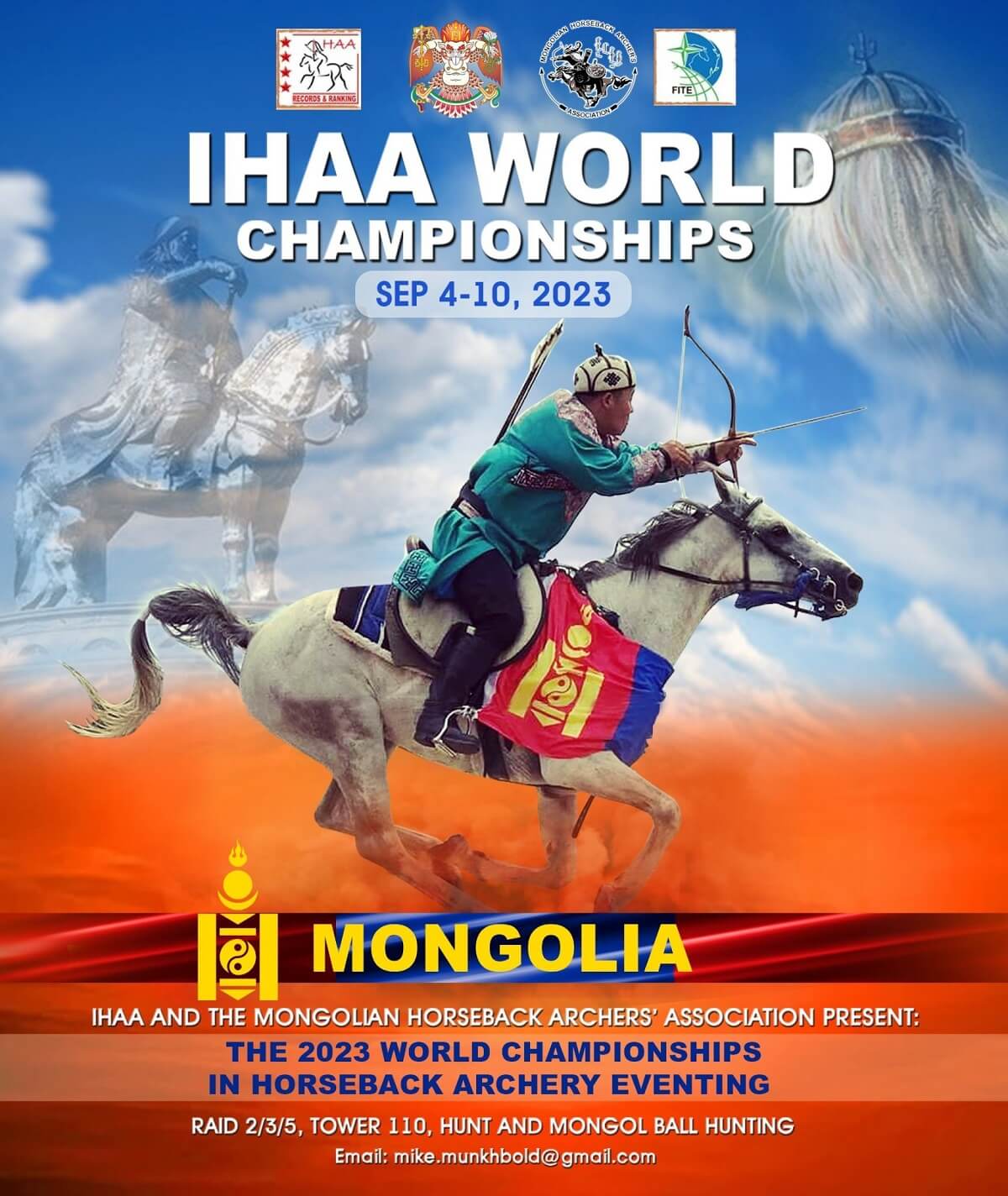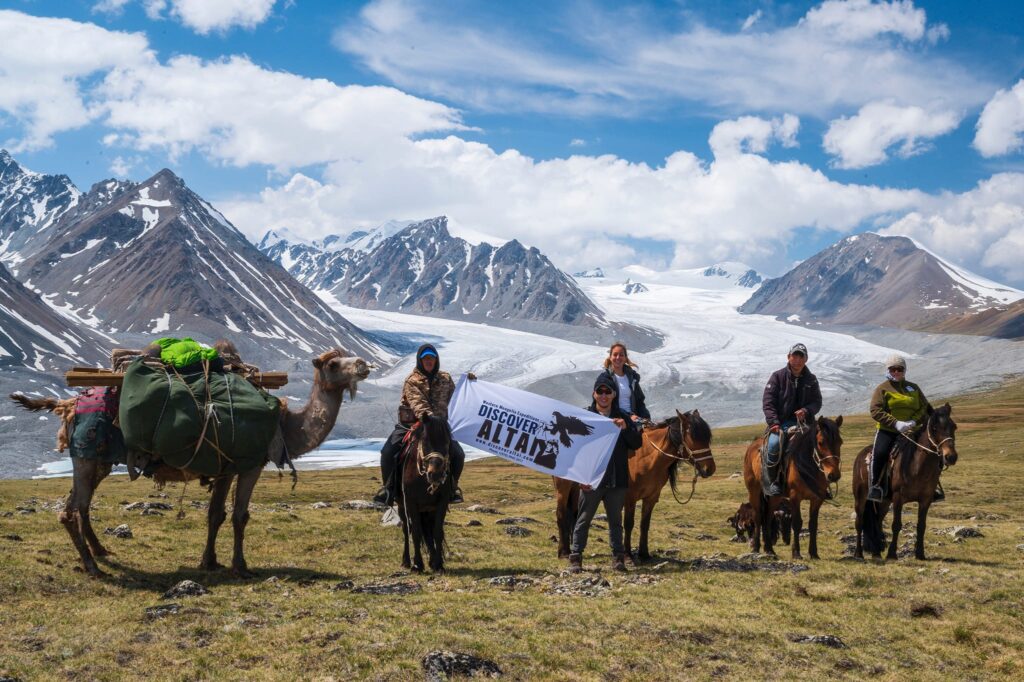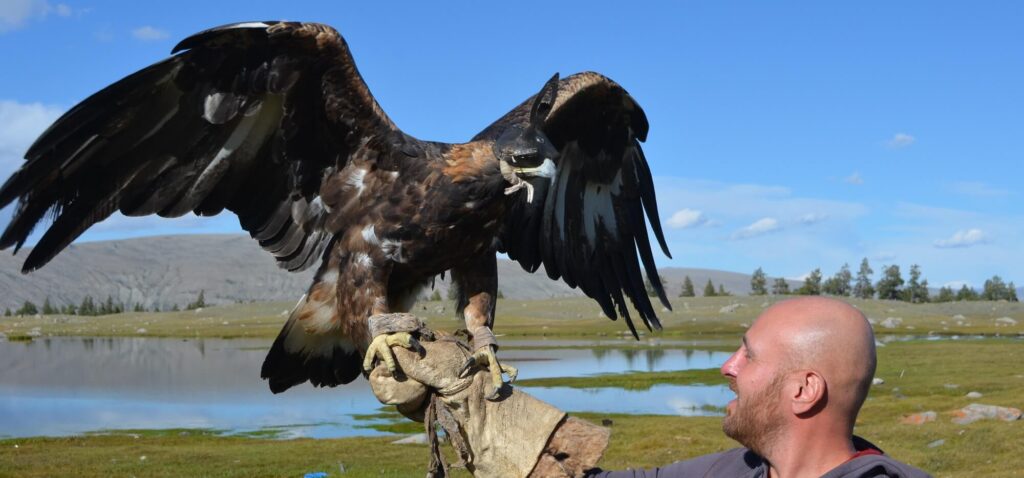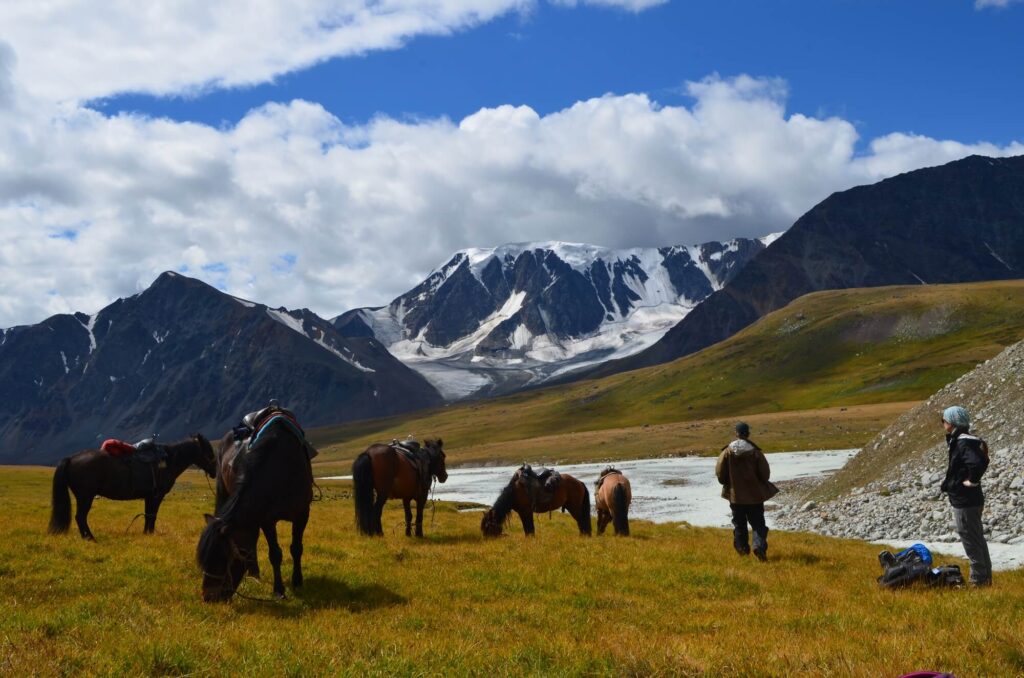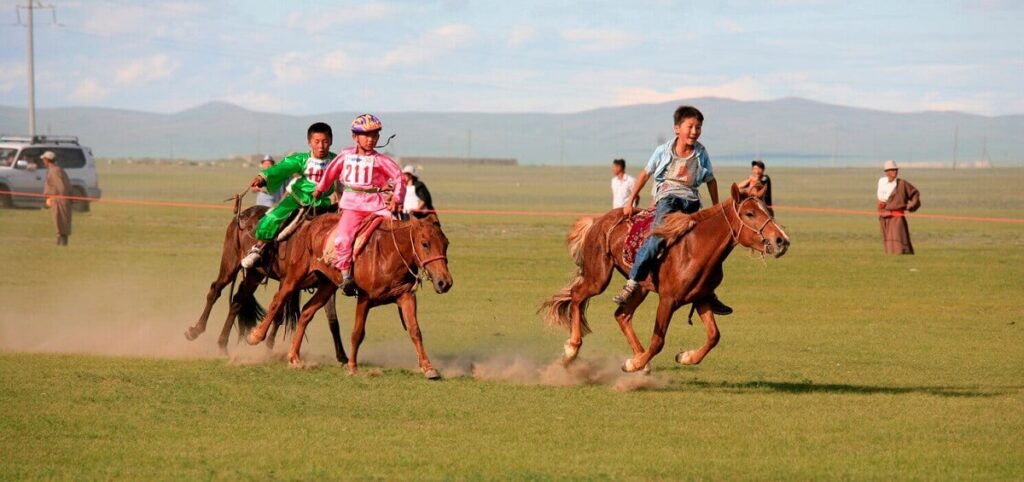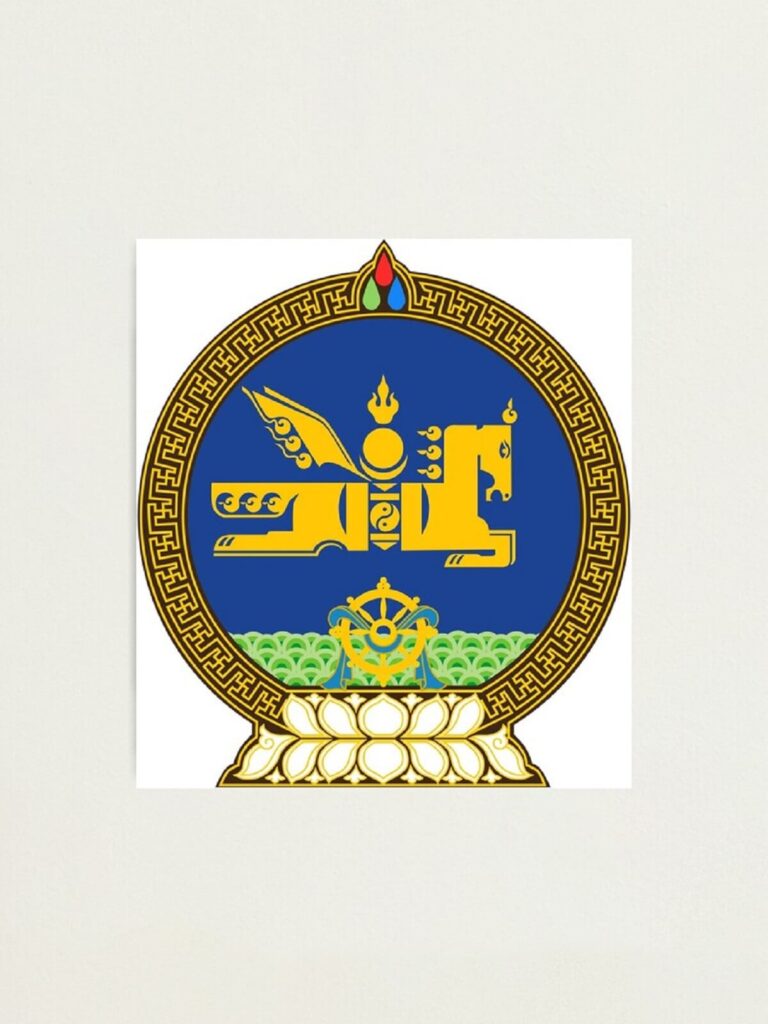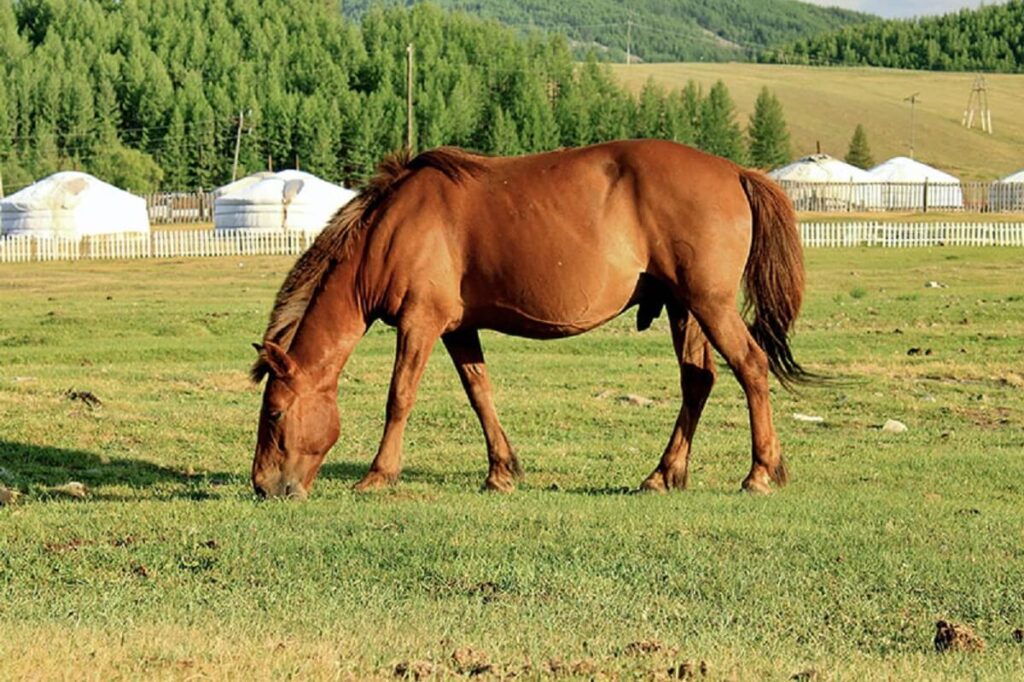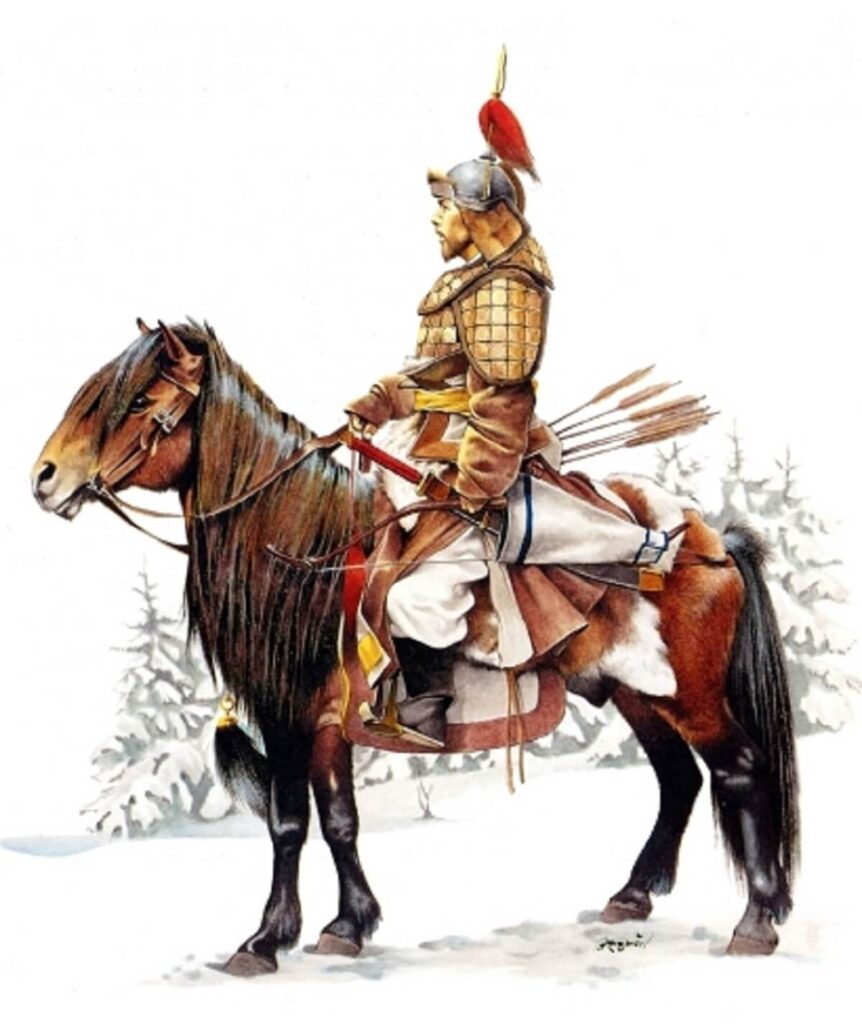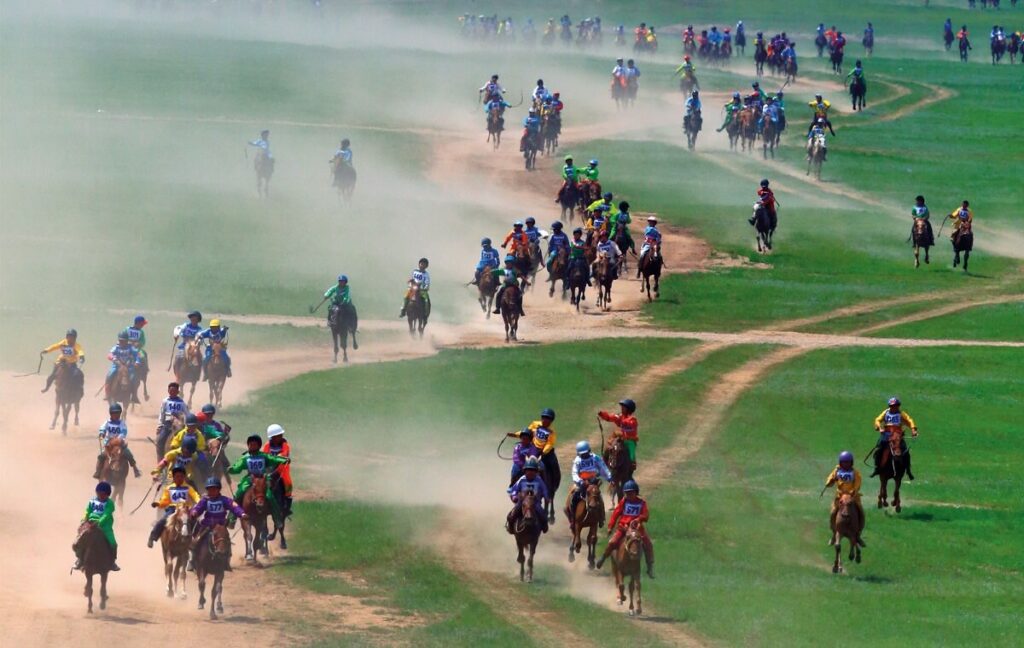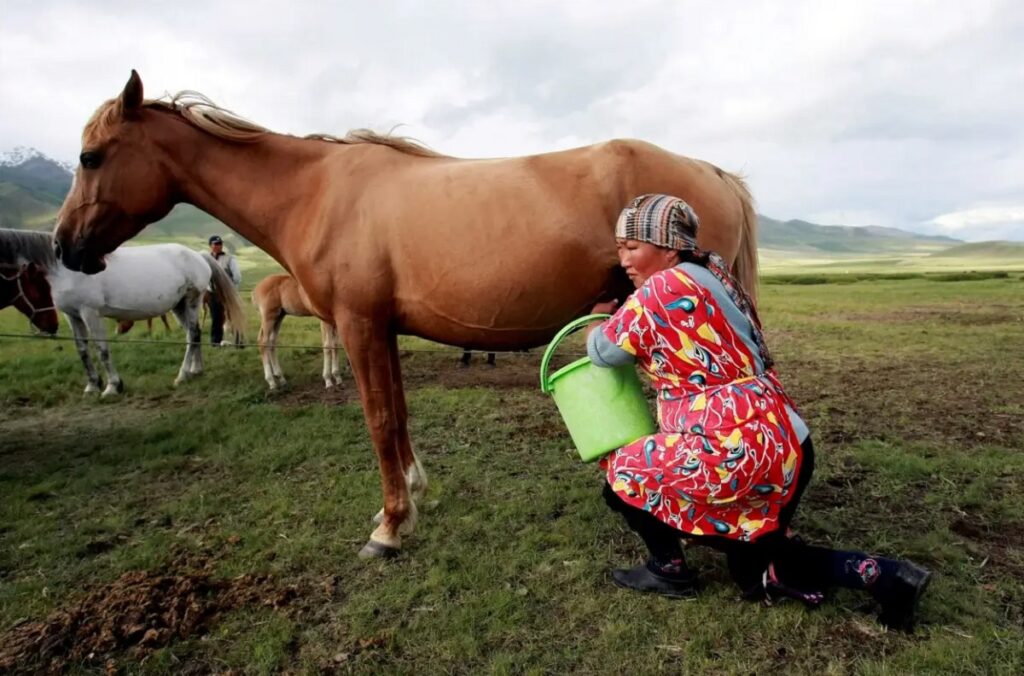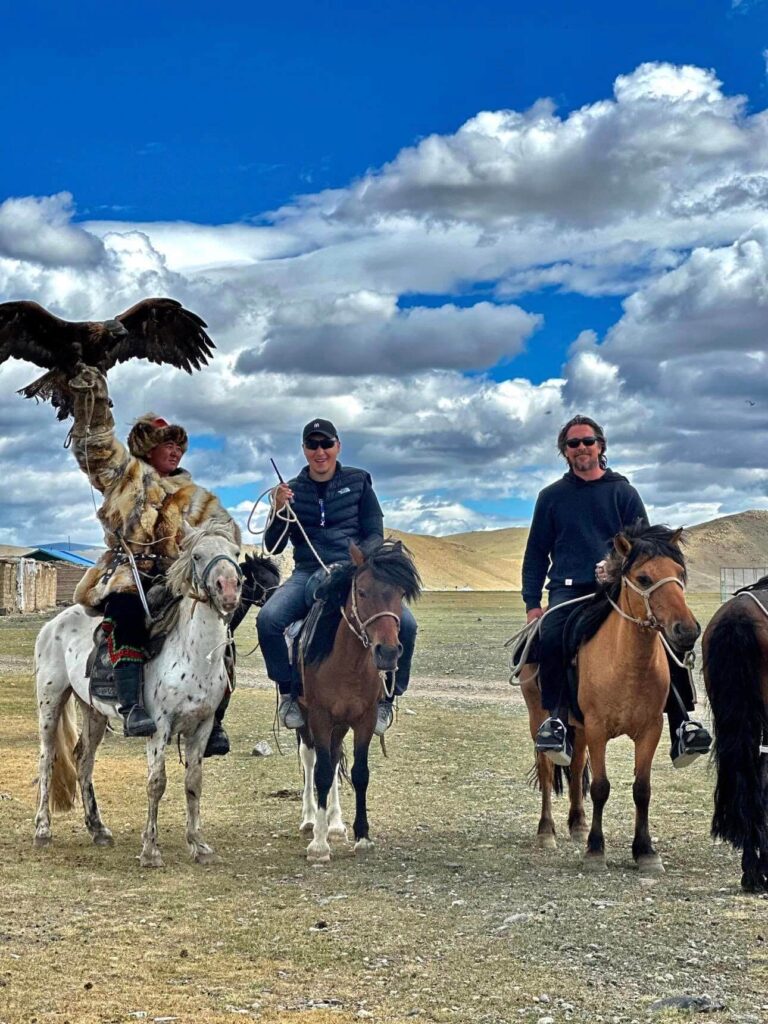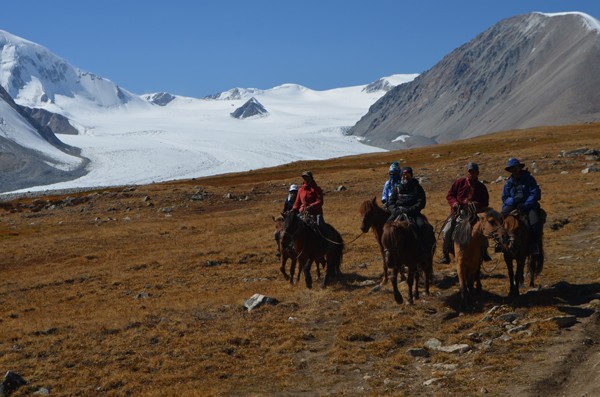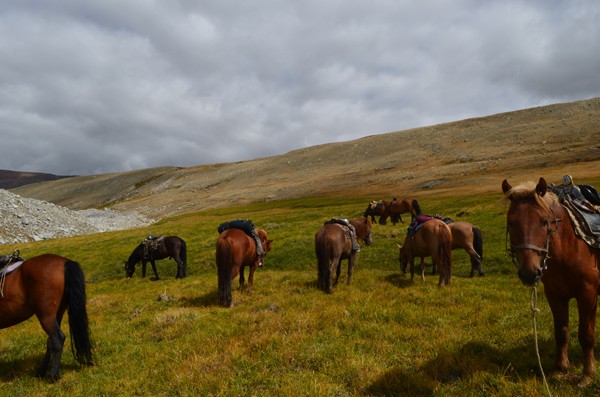Mongolian horseback archery is a fascinating and dynamic sport that embodies the rich history and vibrant culture of Mongolia.
This traditional skill combines the art of archery with the agility of horse riding, showcasing the incredible bond between a horse and its rider. Let’s dive into the world of Mongolian horseback archery, exploring its history, techniques, and cultural significance.
We offer you MONGOLIA HORSE TREKKING TOUR. Come and enjoy the Mongolia Horse Riding Tour. Mongolia is home to the last nomads. Mongolian Horses are the most important part of nomadic life. It will be wonderful 🤩🤩
Historical Background
The history of Mongolian horseback archery stretches back over a thousand years. It originated with the nomadic tribes of the Mongolian steppes, for whom horses were an essential part of daily life.
These nomads developed horseback archery primarily for hunting and warfare. The most famous practitioner of this art was undoubtedly Genghis Khan, under whose leadership Mongolian horsemen conquered vast territories across Asia and Europe in the 13th century.
The skills of horseback archery were crucial to their success, allowing them to strike swiftly and with deadly accuracy while on the move.
The Horse and Rider
In Mongolian horseback archery, the relationship between the horse and the rider is of paramount importance. Mongolian horses are small but incredibly sturdy and resilient, bred to endure the harsh conditions of the steppes.
The riders are trained from a young age, learning to ride before they can even walk. They develop a deep connection with their horses, which is vital for the synchronization required in horseback archery.
Archery Techniques
The technique of horseback archery is both complex and elegant. Riders must be able to control their horses using only their legs and body weight, as their hands are occupied with the bow and arrows. This skill requires immense physical coordination and balance.
The archer rides at a full gallop across the open landscape, targets a series of stationary or moving objects, and shoots arrows with precision.
The bows used are traditionally made from wood, horn, and sinew, crafted to be both strong and flexible. The arrows are typically lighter and shorter than those used in foot archery, designed for quick loading and shooting.
Cultural Significance
Horseback archery is not just a sport in Mongolia; it’s a cultural heritage that symbolizes the freedom and endurance of the Mongolian people.
It is celebrated in many festivals, most notably during Naadam, an annual event that includes not only horseback archery but also wrestling and horse racing.
These festivals are a time for communities to come together, celebrate their traditions, and pass them down to the next generation.
Modern Revival and Challenges
While the practice of horseback archery declined with the advent of modern warfare technologies, there has been a revival in recent years as Mongolians seek to reconnect with their cultural roots.
Today, it is promoted not only as a sport but also as a way to preserve and celebrate Mongolian heritage.
However, the revival of horseback archery faces several challenges. Modern lifestyles and urbanization have led to a decline in traditional nomadic life, which is central to the practice of horseback archery.
Furthermore, preserving the purity of the Mongolian horse breed, which is integral to the sport, has become increasingly difficult.
Conclusion
Mongolian horseback archery is a stunning blend of history, culture, and sport. It offers a window into the soul of Mongolia, showcasing the skills that have enabled the Mongolian people to thrive in one of the world’s most challenging landscapes.
As this ancient art continues to be practiced and celebrated, it stands as a testament to the enduring spirit and traditions of the Mongolian people.

